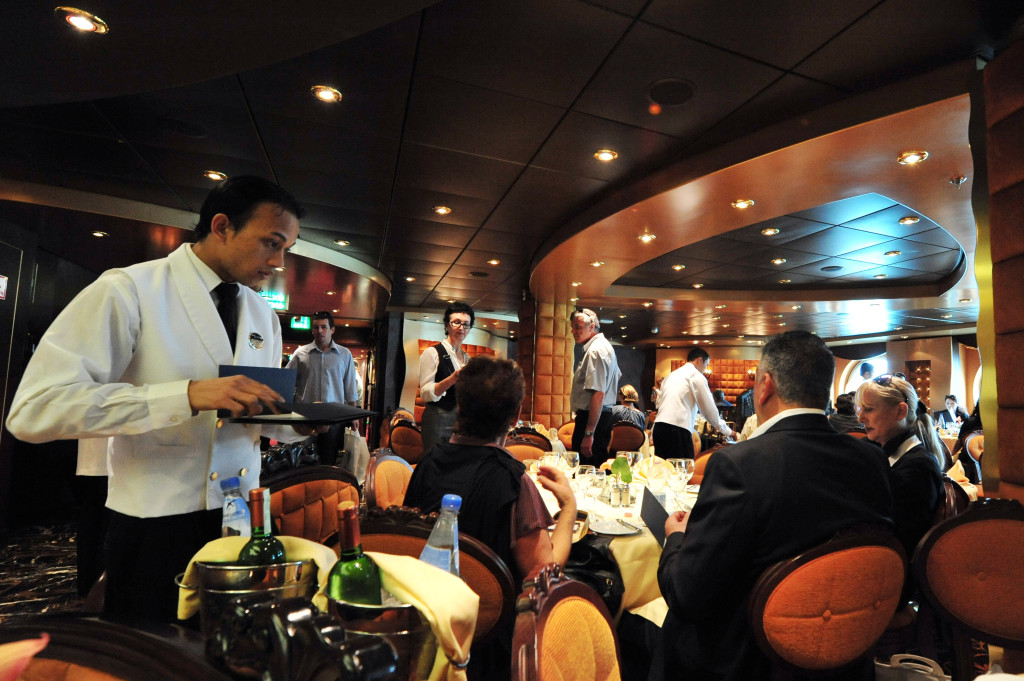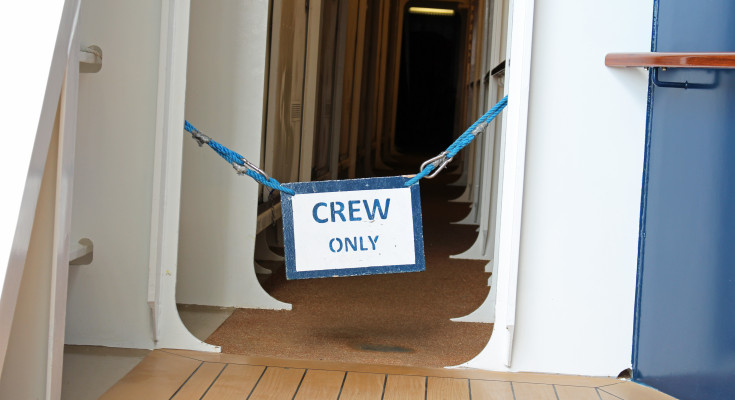|
For a long time, Balinese have been traveling. Way back in the 18th century, Balinese slaves were sold by the island’s kings to the Dutch and then sent off to work in Java, Sumatra, Madagascar and Mauritius. Even now, Balinese children still sing a song about a famous folk hero Ki Untung Surapati, who was sold to slave traders in the colonial capital of Batavia, where he rebelled against his oppressors and earned the Balinese reputations as fierce, savage, unpredictable foes.
This, however, is a 21st century travel story. Now Bali is no longer a colony, but a world-famous tourist destination. Westerners no longer visit Bali to buy human flesh but to bare their own on the island’s beaches. The palaces are no longer the center of worldly and spiritual power and the kings no longer command slaves—although they sometimes do order their subordinates to give guided tours of their palaces. And Balinese are—at least on paper—citizens of a democratic nation, free to choose their own futures in the island’s new tourism service sector. These days, Balinese are renowned not for their battle-readiness but for their almost endless patience with the strange ways of their foreign guests.
 Crew at work
This transformation of Bali from kingdom and colony to package tour paradise has entailed not only an economic shift but cultural ones as well. Hundreds of tourism schools—from middle schools to postgraduate courses—have opened to teach Balinese the proper “Balinese” way to smile, speak, sit, walk, greet visitors and explain to them the complexities of their culture. Graduates of these schools know not to let their gums show when they smile, to keep their legs crossed when sitting, and to speak softly instead of shouting across the houseyard like they do at home. They know to say “Om Swastiastu” instead of “Hello Mister” when they meet a Westerner and they know that any traditional practice, from holding temple ceremonies to chewing betel nut, can be explained by saying that “it brings harmony to the universe.” They learn that Westerners like a strange thing called “privacy” and that you’re not supposed to talk to them about what caste they’re from or why they’re not married yet but about food and the weather (an odd topic for those from Bali, where the weather never really changes). This new Balinese character has not only drawn tourists by the millions to Bali, but send Balinese overseas—quite literally, as workers on international cruise ships.
 Norwegian Cruise Sup
No one knows exactly how many Balinese are currently working on cruise ships, but most people involved in the industry estimate that there are currently around 3,000 people from the island—most of them young men—laboring on the high seas. Beginning in the 1990s, Balinese began to be recruited by international companies like the Norwegian Line, Carnival Cruises, Royal Caribbean, Celebrity Cruises, Princess Cruises and Disney. Most of these Balinese workers occupy relatively lowly positions as waiters, room attendants, dishwashers and launderers, although a few have risen to more responsible positions as cooks or supervisors. They find their jobs through tourism schools that specialize in cruise training, adding to the standard smile-and-serve curriculum special lessons in—of course—swimming.
Candidates usually pay around US$12,000 for the opportunity to work on a cruise ship, a fee that includes lessons, passport and visa arrangements, as well as a round-trip ticket from Denpasar to Miami, Florida, where most of the major cruise lines are based. According to Gede Agung Putra, a teacher at a local tourism school, international cruise lines specifically search out Balinese staff not necessarily because they’re cheaper than first world labor—although they are that as well—but because they’re seen as having a natural affinity for serving guests. “Foreign cruise lines like to recruit workers from Bali because Balinese are humble, hard-working and they rarely protest, no matter how bad things get. They’re also friendly and they smile a lot. The bosses at companies like the Holland America Line like us especially well. They know the Balinese mentality perfectly because we’re their former colony,” he says.
But while working on a cruise ship is not exactly slavery, it’s definitely hard labor. Twenty-eight year old Wayan Candra relates how his job as a waiter required him to wake up at five a.m. for the breakfast shift and work until ten. He then had an hour-long break before returning for the lunch shift from eleven until three. After another break from three until five, he worked the dinner shift until eleven at night. That’s a fifteen-hour workday, every day of the year, with no such thing as weekends.
First published in Latitudes Magazine
|













